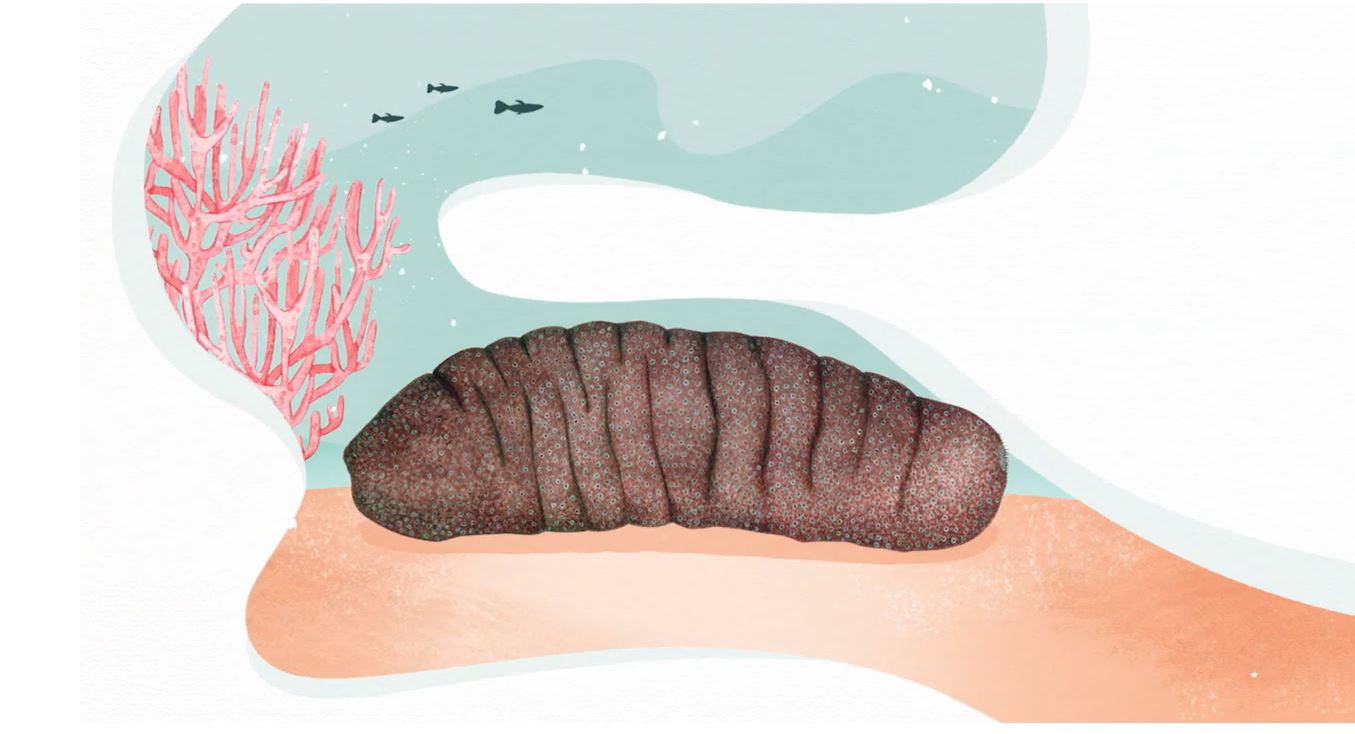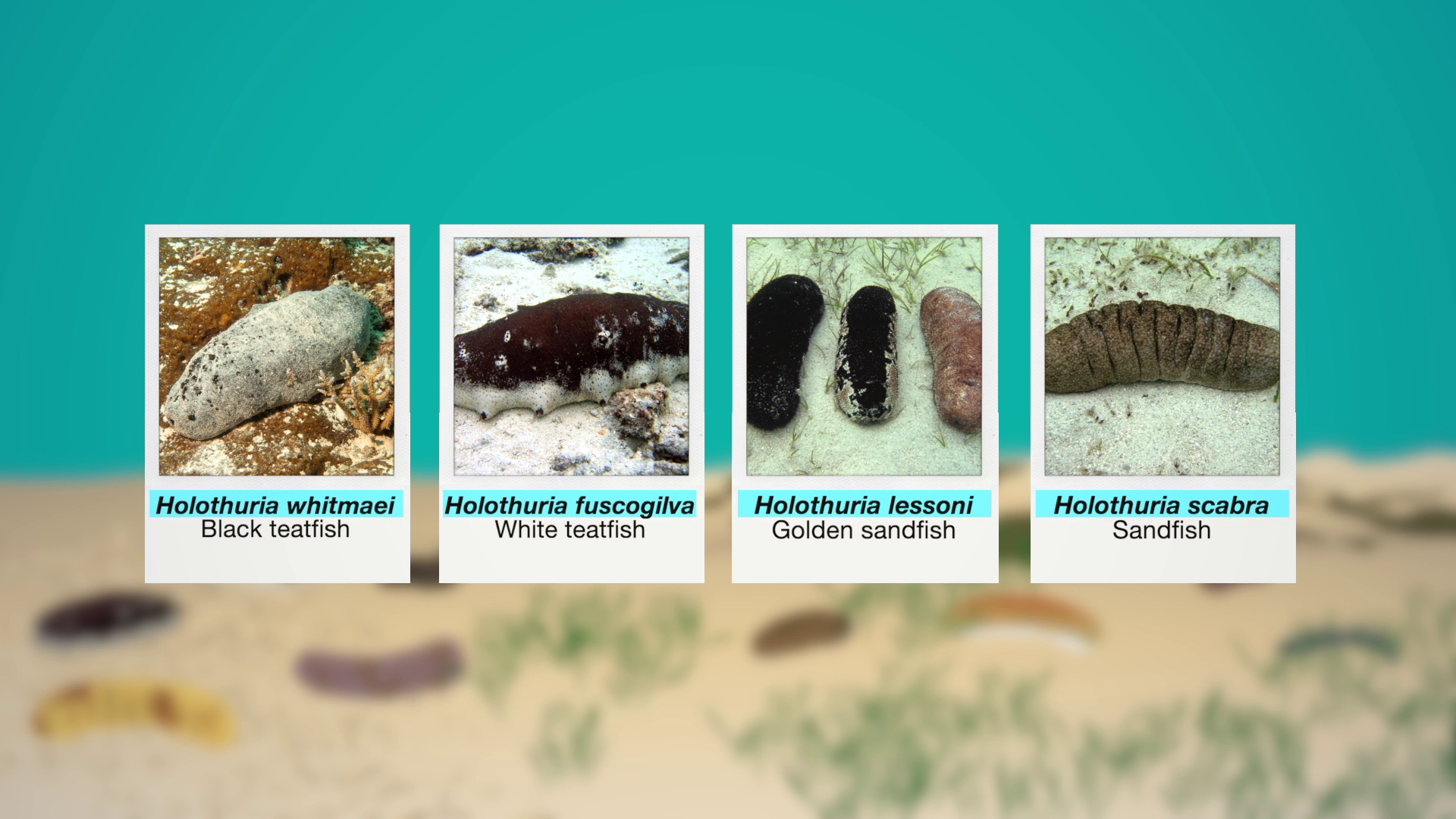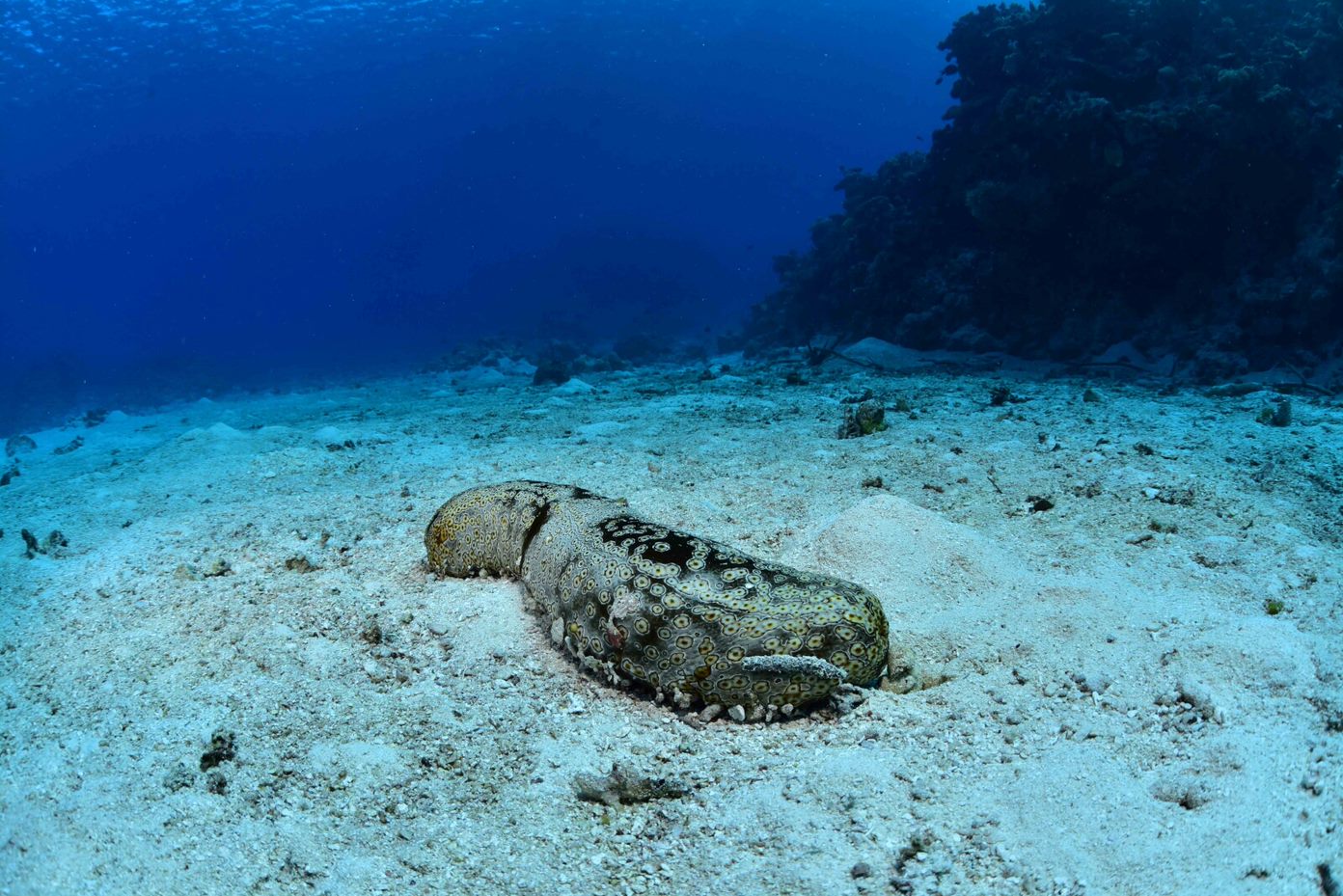Image: © Bastien Preuss, SPC
To gain access to full information on sea cucumbers, download the information sheet produced by the LMMA Network and SPC.
If you have noticed a decline in your catches or are concerned about sea cucumber populations, here are some priority actions the community can consider in addition to national regulations:
Fish smart rules
Gear restrictions
Ban the use of underwater breathing apparatus for collecting sea cucumbers in local fishing areas, which has caused the loss of many sea cucumber populations;
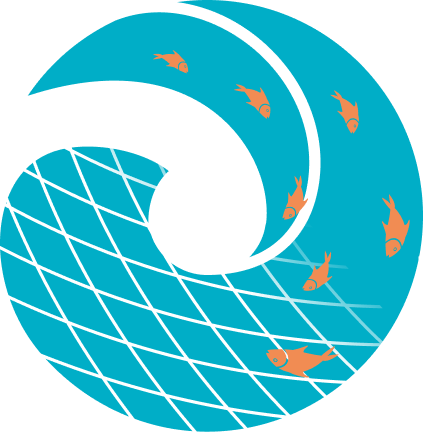
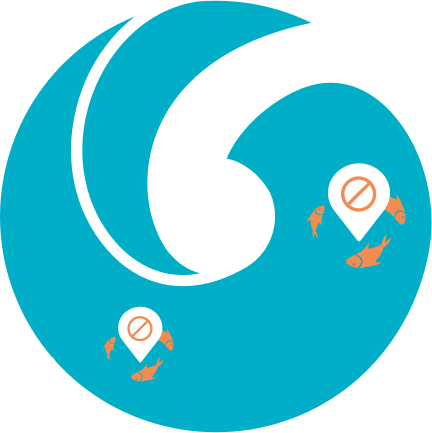
Fishing bans
Place a ban (or tabu) on collecting sea cucumbers, which may be necessary if stocks have been severely depleted. Bans would have to be in place for several years to allow time for stocks to recover and for adults to breed;
Temporary bans
Establish rotational harvesting in which different areas are fished in rotation. If the community fishing area is large enough, it could be divided into four or five smaller areas. Sea cucumber collecting could be allowed in a single area during 1 year and then allowed in the other areas in turn during the following years. A large number of smaller areas are required because populations of sea cucumbers increase relatively slowly;
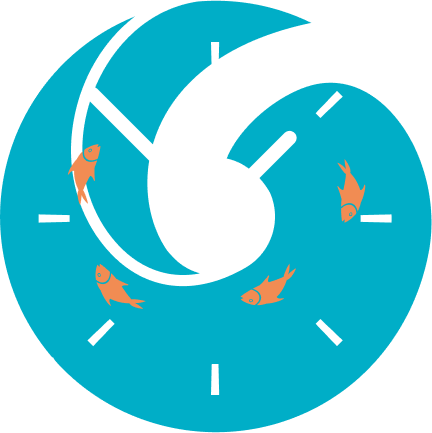

Tabu areas
Establish small, community-managed marine reserves or no-take areas. As sea cucumbers do not move much, these reserves could be relatively small (between 0.5 and 3 km2). However, because of the relatively long drifting stage, juveniles are likely to become distributed in areas some distance from the reserve. This suggests that the following option is ideal;
Work with neighbouring communities to establish a network of small sea cucumber reserves along the coast.
Fishing methods
Sea cucumbers are usually collected by hand at low tide or by free diving. Underwater breathing apparatus, which has also been used, is now illegal in many countries, as its use has severely reduced many populations.
In some Pacific Islands the guts and reproductive organs, sometimes partially fermented in seawater, are consumed. A slit is made in the body wall of species such as the curryfish, Stichopus herrmanni, and the internal organs are removed; the sea cucumber is then returned to the sea where it is believed to regenerate its internal organs.
Management measures in the region
Minimum size limits have been applied by many fishery authorities. As sea cucumbers shrink during processing, minimum sizes are usually given for both live cucumbers and the dried product. Minimum sizes for various species of sea cucumbers can be found on the Reeflex online portal, by selecting size limits (in ‘select regulations’) and filtering by species.
In some areas, national authorities have declared a moratorium (during which fishing is prohibited) to allow sea cucumber populations to recover. Others have banned the export of particular species.
Some species
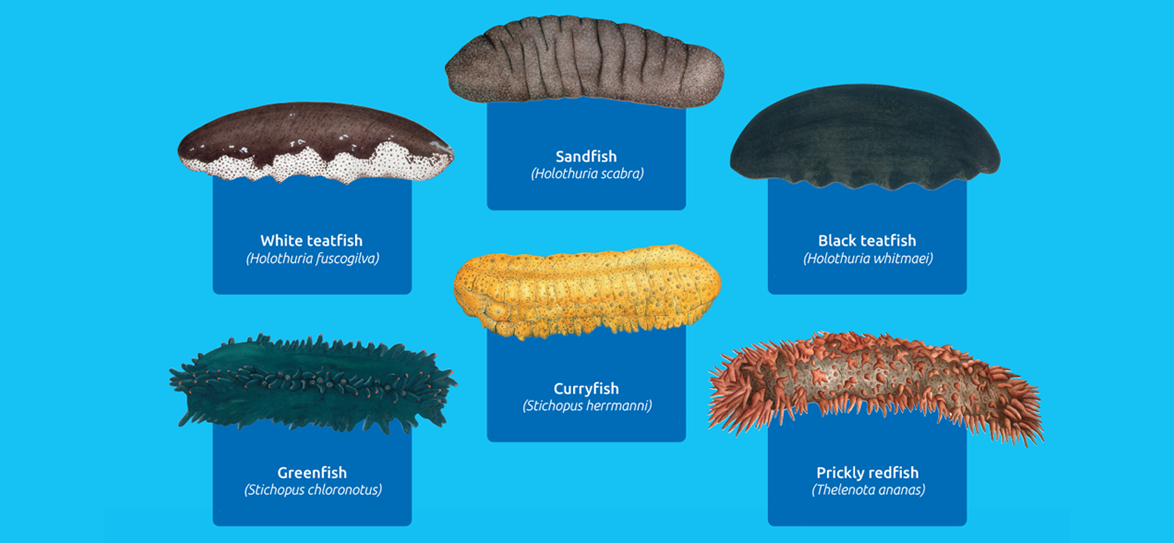
Sea cucumbers have a tough skin and a cucumber-shaped body. Of the thousand or more species distributed throughout the world's oceans, 35 are commercially important in the Asia-Pacific region. Some species are exported in the boiled, smoked and dried form known as bêche-de-mer or trepang.
Sea cucumbers are classed into three groups based on their value – low, medium or high. The high value group include the white teatfish, Holothuria fuscogilva, the black teatfish, Holothuria whitmaei, the sandfish, Holothuria scabra, and the prickly red fish, Thelenota ananas. Species in the medium and low value groups are changing as demand and prices continue to rise. A booklet on identifying sea cucumber species is available from SPC (www.spc.int).
Sea cucumbers are associated with coral reef ecosystems. Some species are found in shallow lagoons, on seagrass beds and reef flats, while others prefer wave-exposed areas and deep passages. Sea cucumbers move slowly across sandy areas of lagoons feeding on dead plant and animal material (detritus) in the sand. The sand is taken in, the detritus digested and the clean sand passed out behind. For this reason, sea cucumbers are important in cleaning and turning over sand on the sea floor.
Most exploited sea cucumbers have separate sexes. Some species, like the sandfish, are relatively fast growing and reach reproductive size within a year or more but take another two years to reach an acceptable market size. Other species grow more slowly and live between 5 to 15 years.
Many tropical species reproduce at the start of the warmer months. A few species, such as the black teatfish, spawn during the cooler months. During spawning, females release eggs into the water and these are fertilised by sperm released by males. Successful reproduction depends on large numbers of sea cucumbers being in the same place.
Fertilised eggs hatch and develop through very small forms (larval stages) that drift with ocean currents for several weeks; less than one in every thousand of these survives to settle on the sea floor as a young (juvenile) sea cucumber. Sea cucumbers do not move very far from the areas in which they settle and less than one in every hundred juveniles survives to become an adult.
Related resources
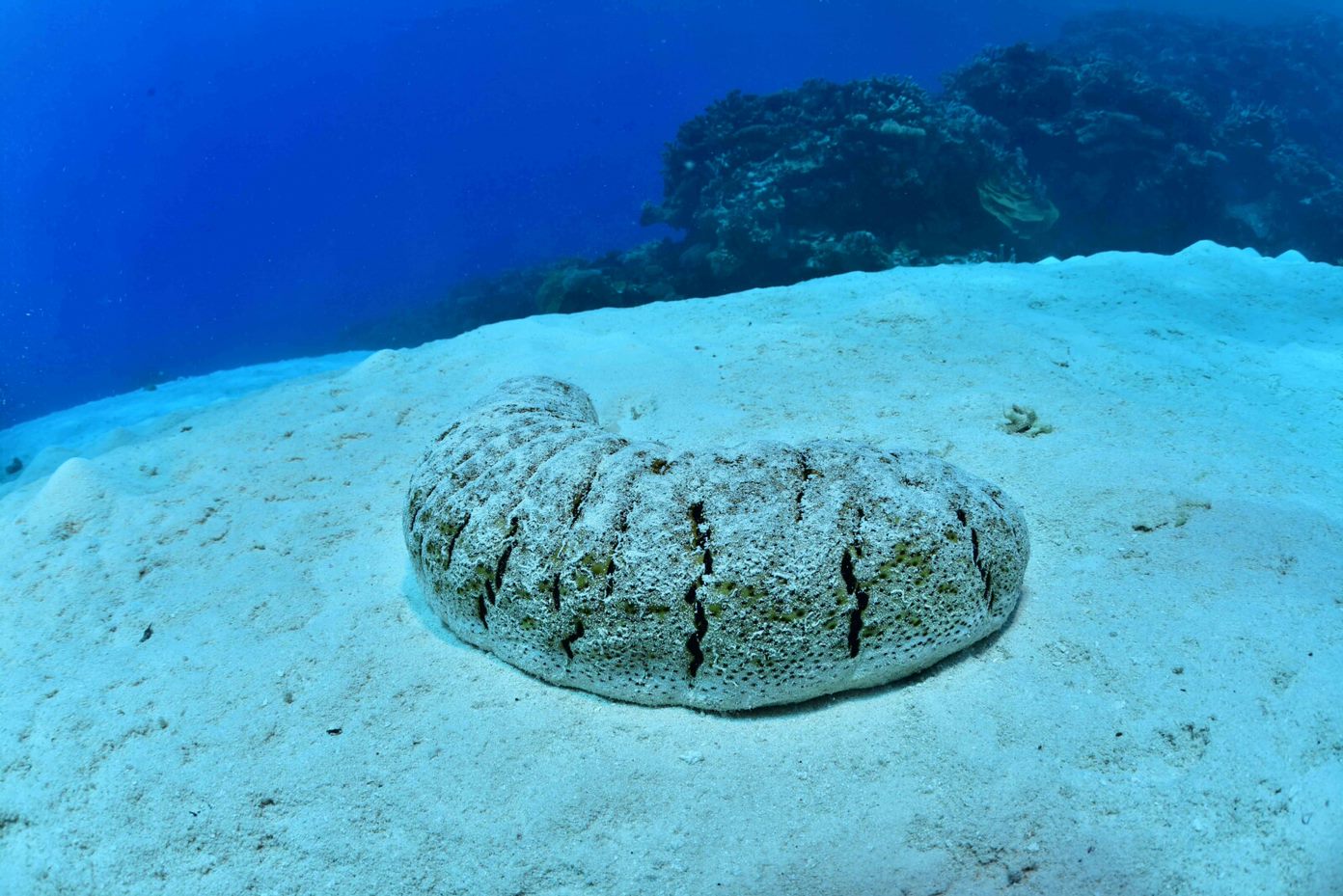
To gain access to full information on sea cucumbers, download the information sheet
